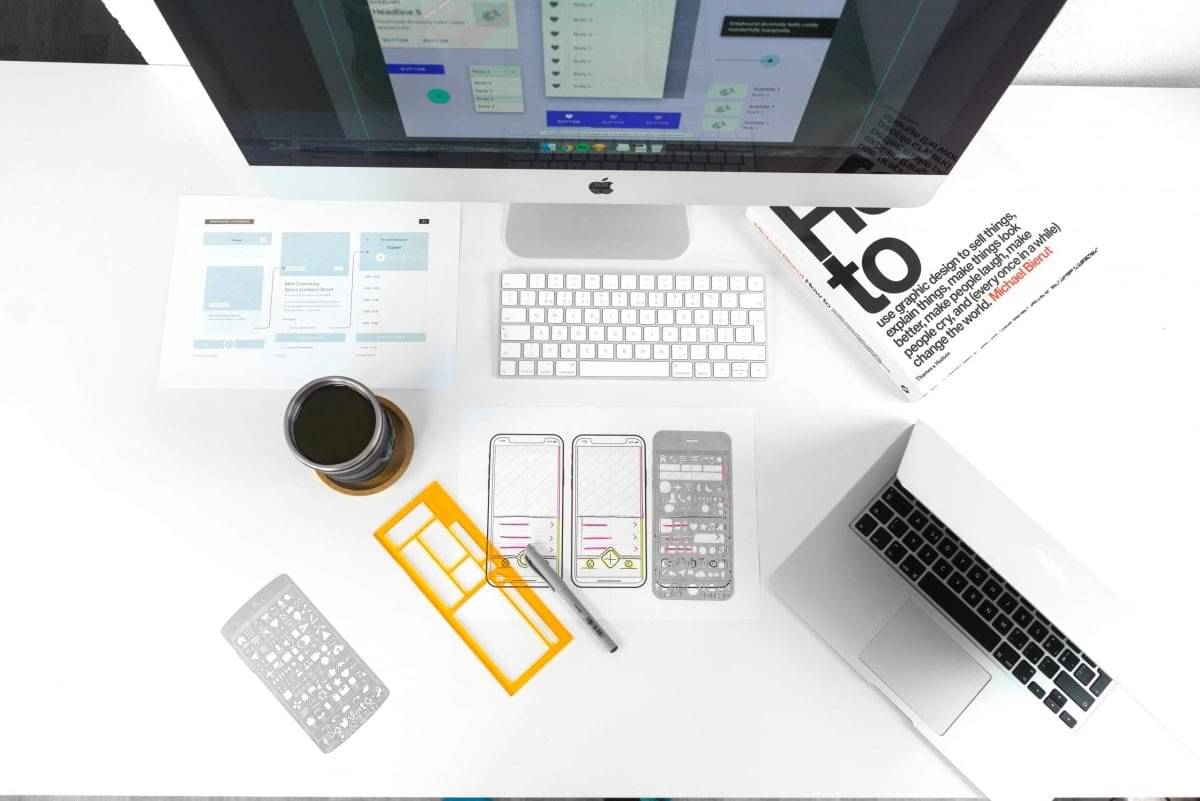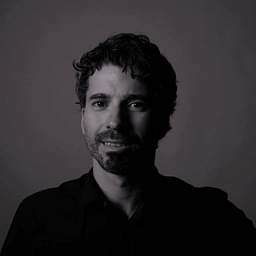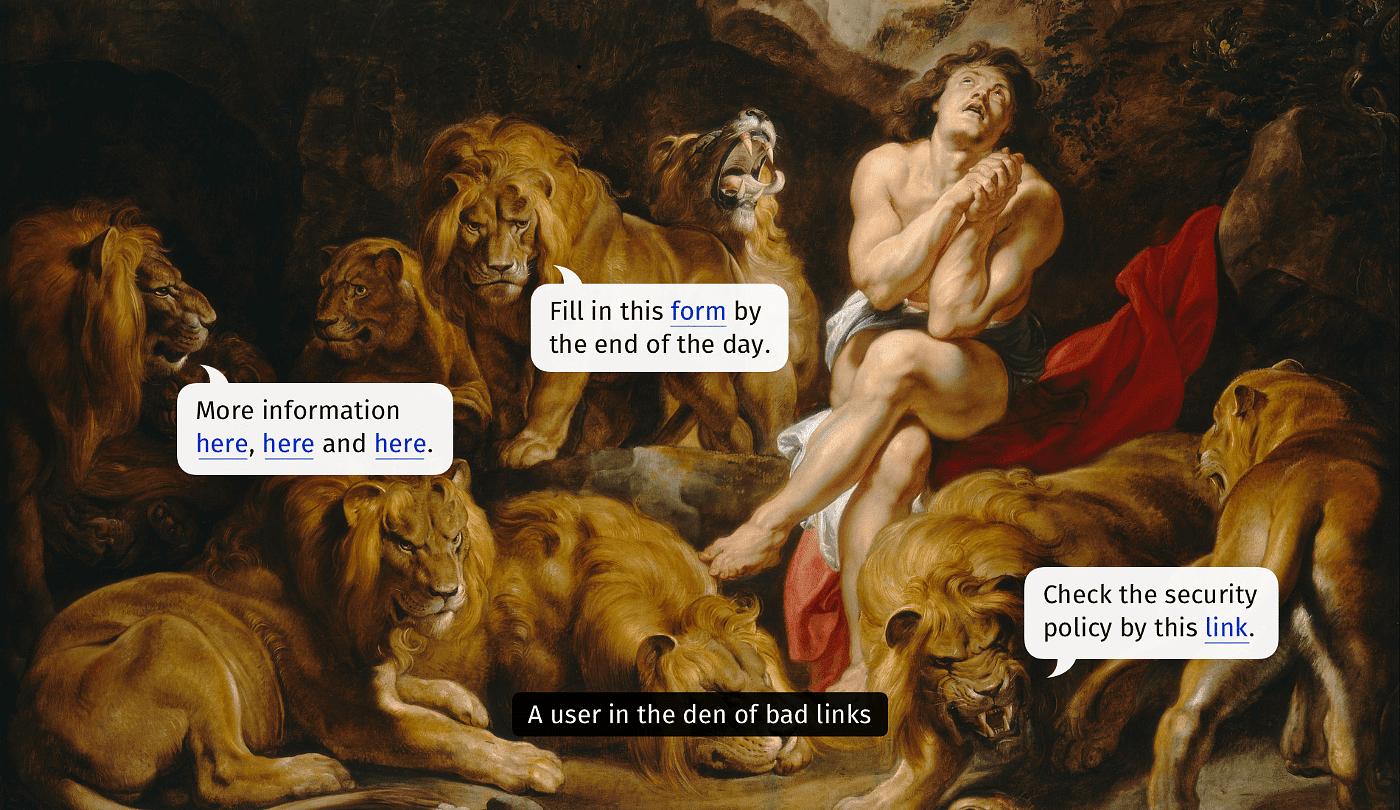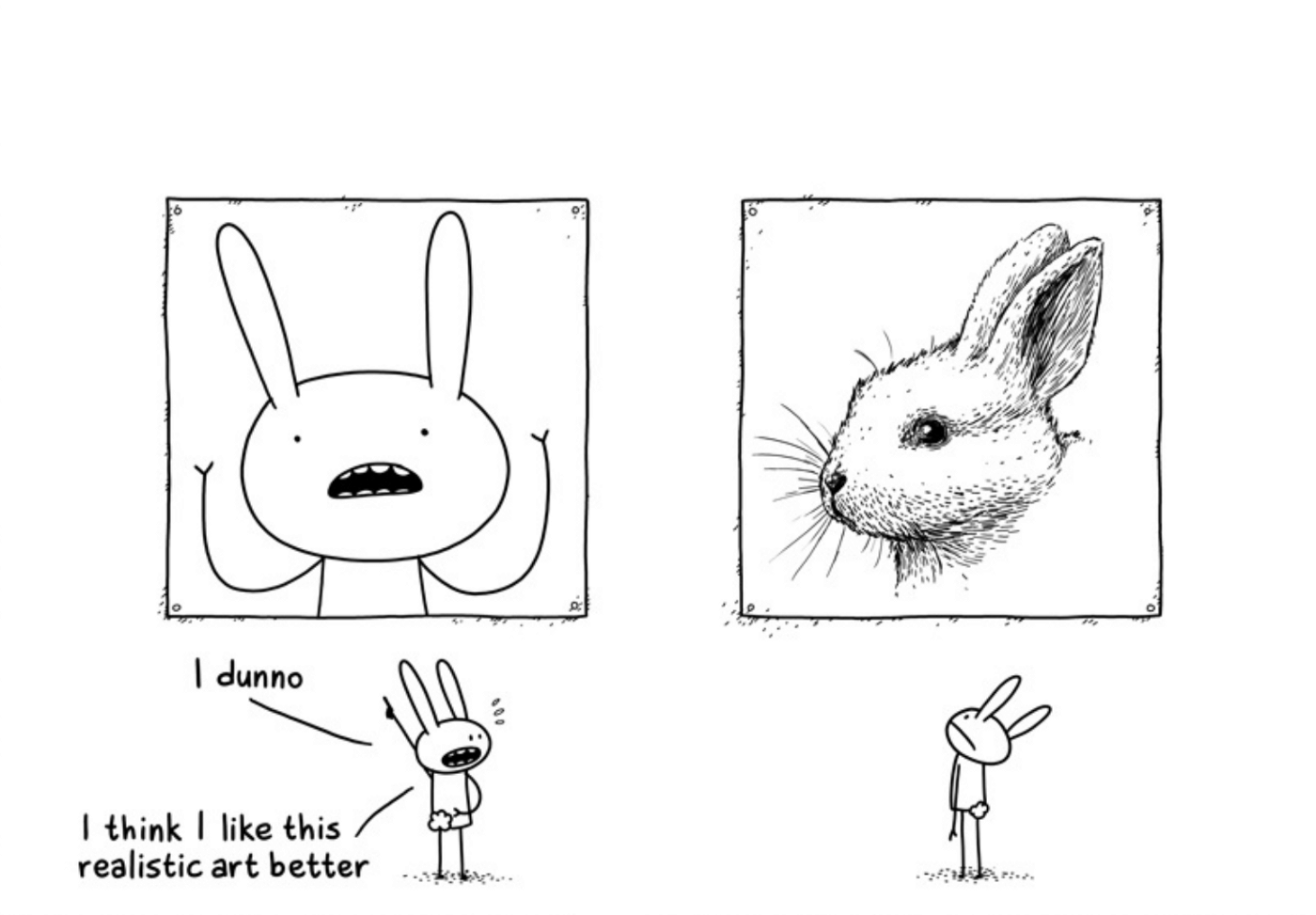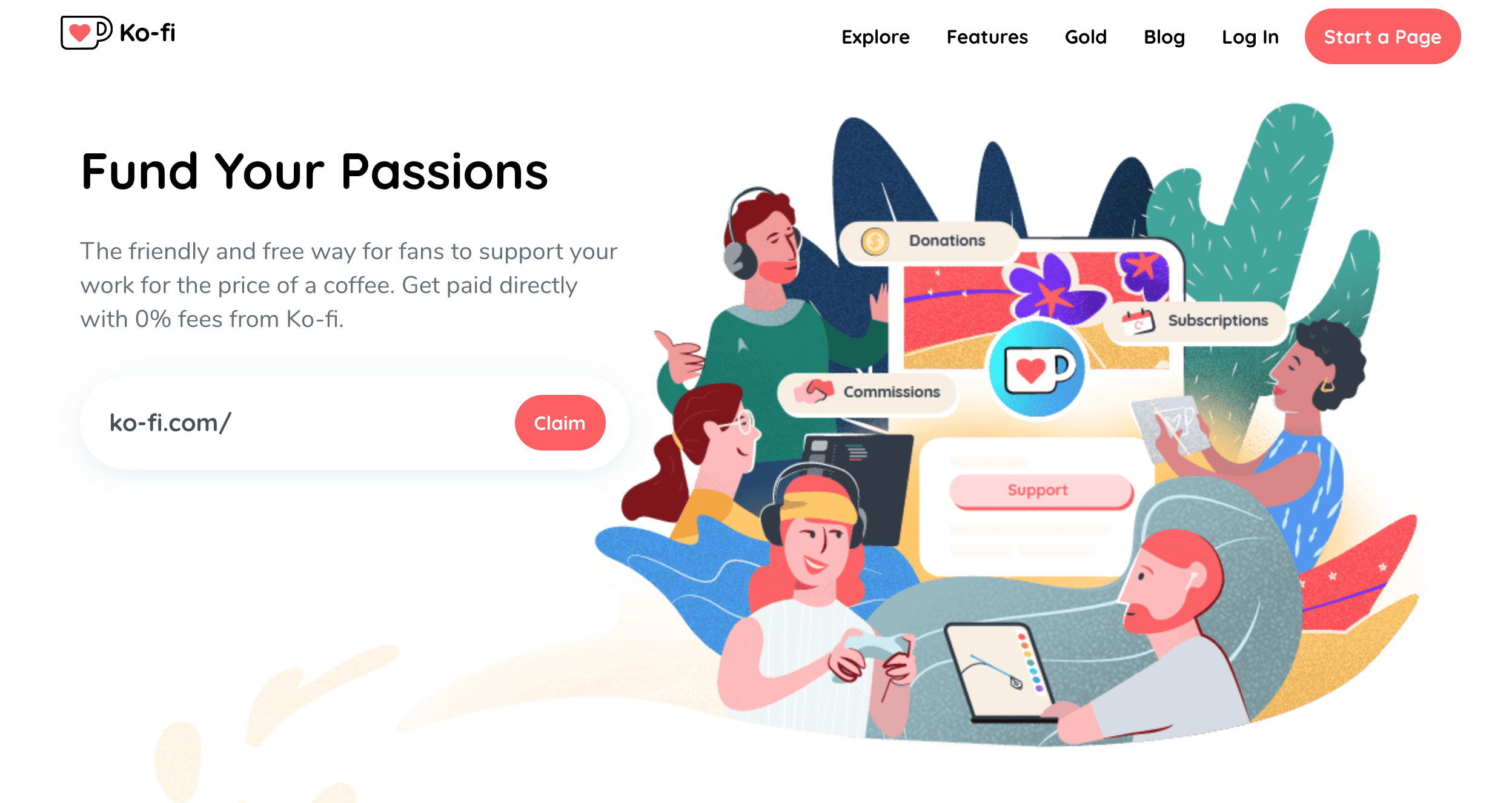UX Design courses have gotten immense popularity throughout the years. With the majority of the population being online, there is a greater demand for UX and UI Design and, thus, acquiring new skills that relate to new business needs. For the purposes of this article, I want to share my experience as a pizza chef, who decided to take up the UX Design program by Careerfoundry.
At the end of this article, I will also post a discount link for those of you who want to start the UX Design course by Careerfoundry. So let’s start from the beginning.
Summary
In this article, I am going to give an overview of what the course can offer to you and answers 5 critical questions when it comes to choosing a UX Design course:
- Do I need a Background in design to do this course?
- Is this course worth such a significant investment of money?
- How’s the curriculum, which is the method of learning?
- How’s the mentor and tutor supporting you?
- How they are helping with the job search, and how the job warranty works?
This post contains affiliate links

Letter
1. Do you need a background in design to do this course?
Despite having been working as a pizza chef for many years, before enrolling in the UX design course with Careerfoundry I was able to complete a bachelor’s degree in Digital media, so I had a good foundation in design.
However, I agree with Careerfoundry when they state on their website that you don’t need to have any background in design to do this course as they will teach you all the process from the beginning. The first part of the course is a very introductory project to allow you to get the foundation on UX design.
What I, personally, feel is required is, generally, a good knowledge of using the computer and software, even if they are not design related. You will need to be ready to learn all the software that you will need to use during this course on your own. Yes, you can ask for help or support from your tutor and mentor, but learning software is all about practising by yourself. The good thing is that in most cases, once you become confident with a part of this software, all the rest will get easier to learn.
What I feel is more important than a background in design, to complete this course successfully, is to have strong motivation, and the will power to keep going when you may feel frustrated on some task or won’t feel confident about your knowledge and skills.
2. Why Careerfoundry is worth the investment
Lately, it seems UX design Bootcamps are becoming more popular and appear in every corner; it’s not easy to choose which one to pick, and it took me a few months of research before I could make the right choice.
One of my main concerns was whether I should do a UX design course in-person or online. I think a full-time in-person Bootcamp would have been probably more efficient, mostly in letting me get into the daily routine of a UX designer and work a bit more under pressure. However, the flexibility of this online Bootcamp and its lower price, especially when including the cost of an average of 12 weeks accommodation if I would do an in-person Bootcamp, allowed me, in the end, to decide in favour of an online course. Online courses have the advantage in most cases of offering a job warranty, and this was, also, a critical point in my decision.
After deciding for the online Bootcamp, I narrowed down my choices between Careerfoundry & DesignLab. I felt both programs were quite similar; however, from reading the reviews, in particular at coursereport.com and the fact that the job warranty of Careerfoundry included more geographical areas in Europe, in the end, made a big difference for me in favour of Careerfoundry.
Many people lately have been asking me why I did not do a free or much cheaper online course. I probably could do it, and I believe that it is possible to start a successful career in UX design also with that type of course. However, I felt that the advantage of having a mentor and a tutor to support me, the warranty of an updated and quality proved curriculum, and the job warranty, have been fundamental in giving me the awareness that I was working in the right direction and, therefore, to keep me motivated until the end of my course.
The fear that the course I would be doing may not have been enough to get in the UX job market, alongside the feeling that I could have wasted my time studying a course without many warranties, would most likely have stopped me in the process.
3. How is the learning process
Careerfoundry gives 10 months’ time maximum to complete the course. However, this timeframe is mostly indicated for those who want to do the course part-time while having another job. If you study full time and are very motivated, you can probably complete the course in half of this time.
The UX design program course is divided into 3 phases. The Fundamental course, which needs to be completed in the first months. The immersion course should be completed in 7 months, and the specialization course in 2 months. Overall what is most important is to stick within the 10 months timeframe. But they are quite flexible in giving you an extension for serious and valid reasons.
Overall, you complete at least one different project for each of these phases. This means you will end up with at least 3 projects on your final portfolio, (click here to see the projects I did during my course) which is what matters at the end when it is time to apply for jobs. At the time of my enrollment, the specialization options were Web Development, Voice User Interface, and User Interface. My choice was the User Interface specialization.
How is the course in practice? The three different parts of the course are divided into achievements, where each achievement includes an average of 10 tasks to be completed. The fundamental course includes just one achievement, the immersion 6 achievements, and the UI specializations 2 achievements. Each task is estimate to require an average of 4/5 hours in total to be completed, but a few of them need more time.
Each task usually consists of an initial reading that generally requires from 30 to 50 minutes. In support of each reading, you typically receive plenty of additional suggested resources if you wish to get deeper into the topic. After the reading, you have a straightforward quiz that needs to be done. Usually, it requires less than 5 minutes. Finally, you have to do your task for the topic. This can be anything from doing some user research, wireframing, or some exercise to help you understand the fundamentals of UX design.
You will also get access to see three of the best tasks submitted by other students as an example, so you will have more a more precise understanding of what is required to do in that specific task. Most of the tasks you will be doing will be part of the final project that you will include in your portfolio.
4. How the tutor and mentor support you + Slack community
For the fundamental and immersion part, you will receive support from a mentor and a tutor. During the specialization course, usually, you have just a mentor to support you.
The tutors are usually UX/UI designers with at least a couple of years of experience in the field, while the mentors are typically senior UX designers with plenty of experience.
So how do they support you? The tutor is the one who will approve all of your tasks and will be ready to assist you in any problem you may face while working on your assignments. This will be done through chat only, where they are usually replying to all of your questions in a few hours.
With the mentor, however, the interactions are through video-chat. You have unlimited calls with the mentor, but I don’t think you will need more than once per week. I found myself also going through the course for two or three weeks without needing any call. The mentor will be the one that will approve the final task of each achievement and the one that should help you to orientate in the world of the UX design industry, sharing tips and advice for being successful in this field.
For my experience, during the fundamental and immersion part, I found my tutor to be very helpful with the feedback on my tasks and when I felt stuck with some problems. The video calls with the mentors are a precious time where you should try to grab as much information as you can; however, I found that to get the best out from them you need to be ready with lots of questions, as in some case, they may not show lots of initiative.
Other than the tutor and mentor, I found the Slack community created by Careerfoundry to be another great source of support. That is the ideal place to get connected with other students that perhaps are working on the same tasks as you. It is very helpful, especially when you may need feedback or collaborations with other people to complete the tasks.
5. How are they helping you with the job search
One of the most fantastic things about this course is the job warranty. Honestly, this has been one of the critical elements in enabling me to decide to go for it.
Careerfoundry promises to refund you the total amount of money you paid for the course if you won’t find an occupation within the next 6 months after finishing the course. This gives you the confidence that if they are ready to bet such amount of money on you, it means you will definitely acquire the skills you need to get a job in UX. This is also something that has kept me more motivated until the end of the course! However, I would invite everyone to carefully read the terms and conditions of the job warranty, as there are requirements that need to be met for this to happen.
Also, let’s make something clear; Careerfoundry is not going to find you a job; they will just support you in the job hunting process. This starts with the job preparation course that you can begin once you are about half of the UX design program. The earlier you will start and complete the job preparation course, the sooner you will be able to begin to apply for jobs, so possibly even before you complete the UX design program.
During this job preparation course, with the support of a career advisor, I have been learning exciting and helpful things such as how to identify a career strategy, processes of work and skills, how to create a professional cover letter and resume, how to create a network, and how to prepare for interviews. I felt this had helped me to build more confidence in myself, especially regarding the interview process, which is something I was at first quite scared about it.
So, overall I found this job preparation course, which is compulsory just to keep the job warranty valid, to be helpful and essential for anyone new in the field and in need to build self-confidence to get a new job.
Course completed! How do I feel right now?
I completed the course since just a few weeks ago from the moment I am writing this. Do I feel ready and prepared to get a job in UX design?
The answer is yes. I feel I have an overview of the whole UX design process and a good knowledge of UI design in support of it. I have a proper portfolio that can show clearly what I have been learning during this course and can easily show my skills and competences to potential employers. I definitely would feel ready for a junior position as a UX/UI designer with the feeling that probably after some real work experience, I could aim to the upper level quite quickly.
This doesn’t mean that I am confident that I will find a job in a short time, and I know that during the job hunting process I need to keep myself focused on improving myself and extending my portfolio. I heard lots of other students struggling, and for many, it took several months before they could get a job.
I even heard someone that did not get the job within the 6 months and have been refunded for the total price of the course, so this can really happen. But from my experience talking with other students, most of the time, students can get in the job market within 6 months.
Conclusion
In conclusion, I am happy to have chosen to do this online Bootcamp with Careerfoundry. I felt that the quality of the course was high, and my expectation has been met. I think that despite courses like this are quite expensive if I ended up with a UX/UI design job within 6 months it would have definitely been worth the investment.
If this won’t happen, I admit I would be quite disappointed. However, I would still get my money back, and I would yet have the knowledge and skills that I have been learning during the course.
Pros
- Job warranty
- Support from great tutor and mentor
- Easy to connect with other students on Slack community
- Final portfolio with 3 projects
- Flexibility to study part-time or full time
Cons
- Expensive
- Studying from home can feel alienating and lonely sometimes.
- You may get a refund from the job warranty but still not have a job.
If you think you want to study with Careerfoundry click here to get a 5% discount to any of their courses.
For any questions, feel free to get in touch with me.
If you are new to UX design, here are some great books to get started:
The Design of Everyday Things by Don Norman
Measuring the User Experience by Tom Tullis and Bill Albert
Don’t Make Me Think, Revisited by Steve Krug
100 Things Every Designer Needs to Know About People by Susan Weinschenk
Found this post useful? Kindly tap the heart button on the left! 🙂
